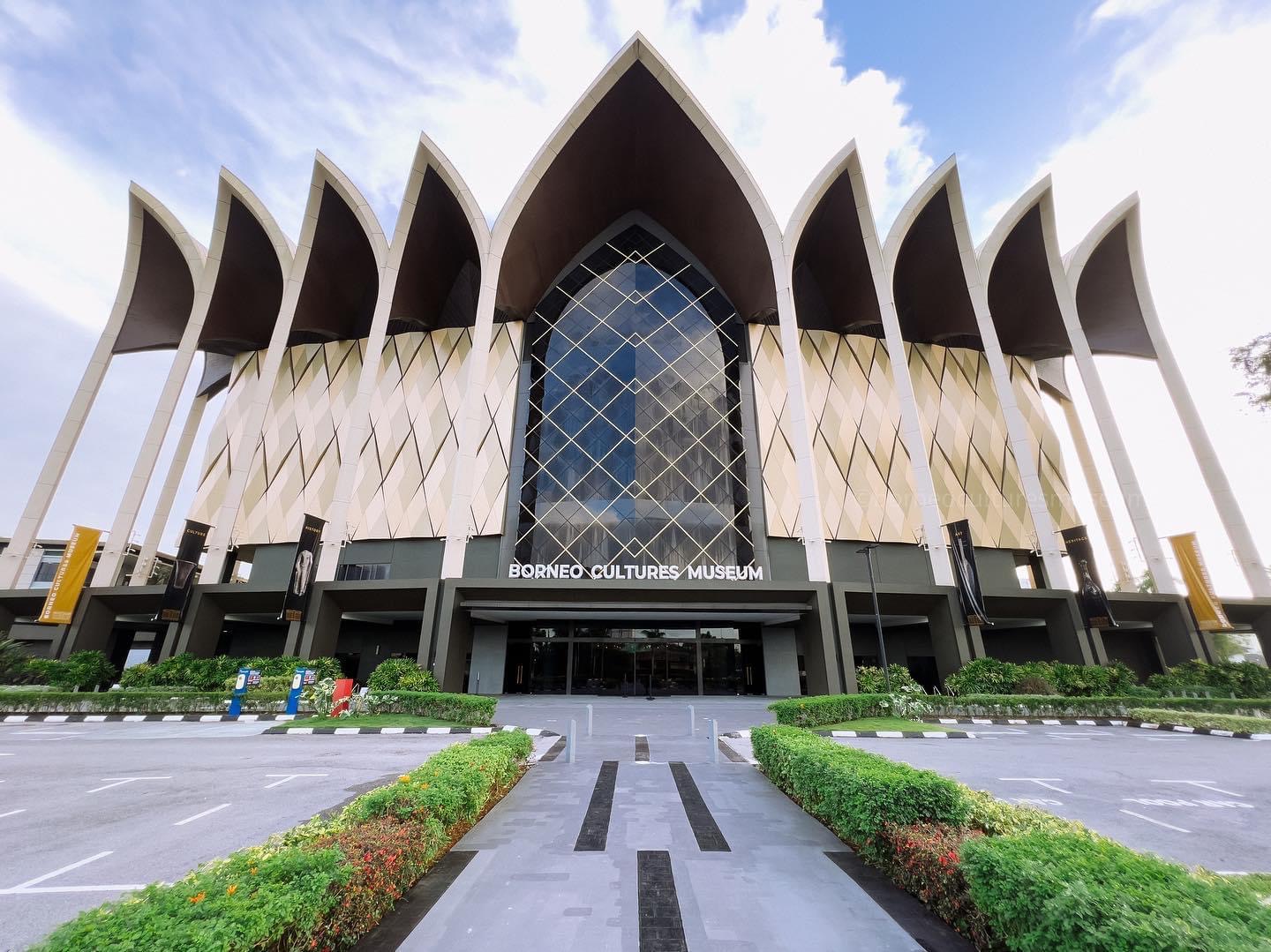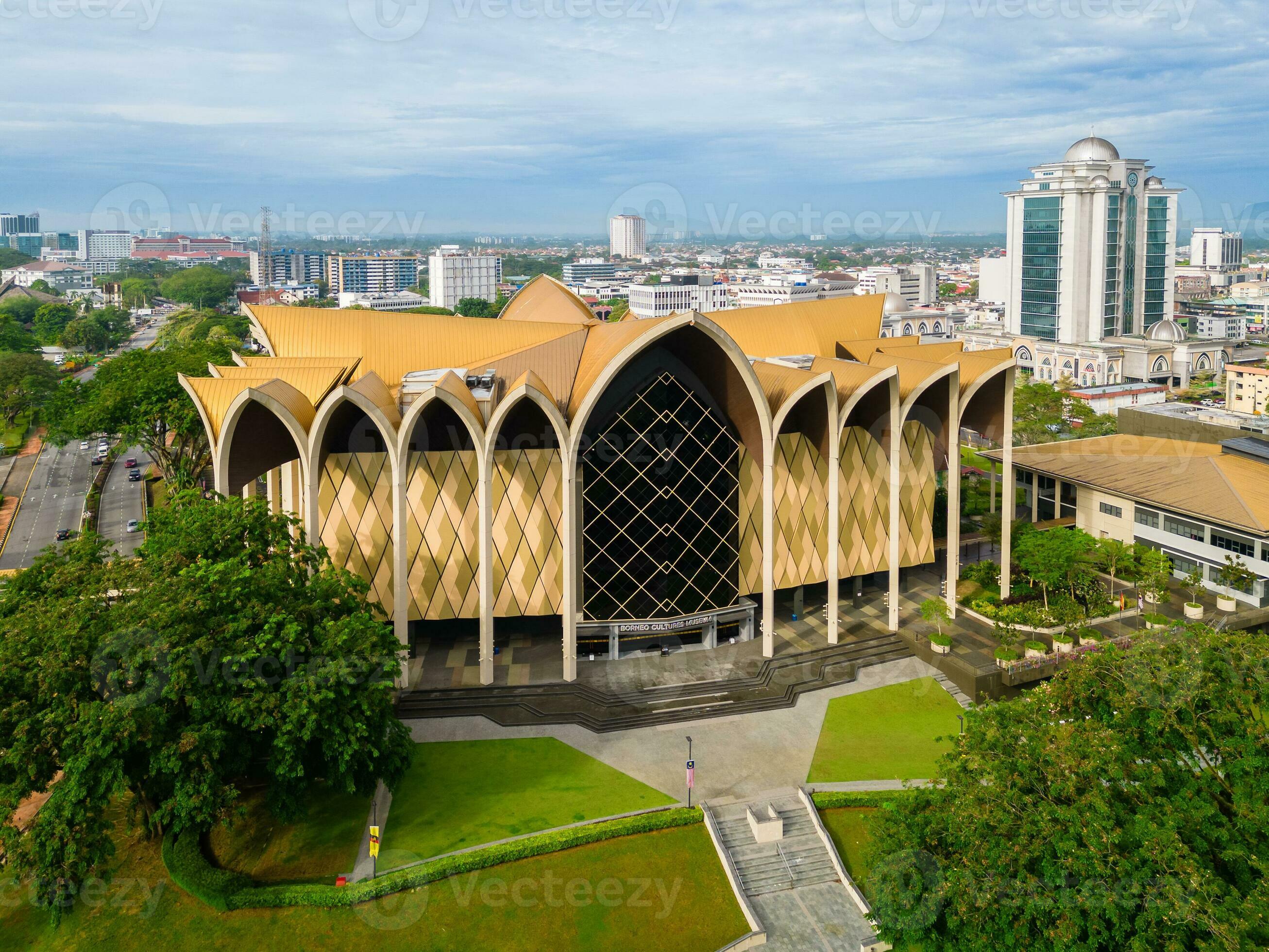Delve Into the Interesting Globe of Borneo's Cultural Heritage: A Comprehensive Guide to the Cultures Museum Experience
Immersing oneself in the elaborate tapestry of Borneo's cultural heritage belongs to starting a voyage through time and custom. The blend of indigenous tribes, standard handicrafts, captivating efficiencies, and historic stories housed within the boundaries of the island's galleries provides a glimpse into a world bursting with lively customizeds and extensive legacies. As site visitors go across with these databases of society, they are beckoned to explore a realm where past and present intermingle, welcoming reflection on the durability and splendor of Borneo's varied heritage.
Native Tribes of Borneo
Borneo is home to over 50 indigenous tribes, each with one-of-a-kind social practices and customs that have actually been protected for generations. Among these tribes are the Iban, known for their intricate tattoos and conventional longhouses where multiple family members live. The Dayak people, an additional noticeable group, involve in fancy spiritual events and are experienced craftsmens, crafting detailed wood carvings and woven fabrics. The Penan people, on the various other hand, are nomadic hunter-gatherers with a deep link to the rain forest, using blowpipes for searching and event wild plants for nourishment.
These native tribes play a vital role in maintaining Borneo's rich social tapestry. Visitors to Borneo have the possibility to involve themselves in the unique lifestyles of these tribes via cultural tours, homestays, and community-based tourist efforts.
Typical Handicrafts and Artefacts

One prominent example of conventional handicrafts in Borneo is the production of woven items - Borneo Cultures Museum. Experienced weavers utilize all-natural fibers like pandan, bamboo, and rattan leaves to create detailed baskets, floor coverings, and accessories embellished with vivid patterns that hold symbolic meanings within the neighborhood
The art of woodcarving is another substantial element of Borneo's standard inventions. Craftsmens carve detailed designs into numerous types of timber to produce masks, sculptures, and music tools that not only offer functional functions yet also hold social significance, often portraying folklore or spiritual ideas.
In Addition, Borneo is renowned for its beadwork, with artisans thoroughly crafting grains from materials like glass, seeds, and shells to produce precious jewelry, clothing embellishments, and ornamental products that showcase the region's lively aesthetic practices. These conventional inventions and artifacts not just act as substantial expressions of Borneo's social heritage but also supply insights into the neighborhoods' ideas, values, and lifestyle.

Social Performances and Festivals
With an ingrained link to their social traditions, the communities in Borneo come to life via lively social performances and events that commemorate their heritage. These events showcase the rich variety of Borneo's ethnic groups, each offering distinct dancings, music, and rituals that have actually been passed down through generations. One of the most prominent celebrations is the Gawai Dayak, celebrated by the Dayak individuals to mark the rice collecting season. During this celebration, standard music fills the air, elaborate dancings are executed, and fancy conventional costumes are put on. One more significant occasion is the Pesta Kaamatan, celebrated by the Kadazandusun area to appreciate for the rice harvest. This celebration includes social performances, consisting of the Sumazau dancing, and typical sporting activities like the bamboo dancing. Site visitors to Borneo can immerse themselves in these festivities, getting a much deeper understanding of the region's social heritage and experiencing the warm friendliness of its individuals. Cultural performances and festivals function as a vivid pointer of Borneo's abundant social tapestry and the significance of maintaining these customs for future generations.
Historic Narratives and Artefacts
Exploring the historic narratives and artifacts of Borneo uses a remarkable look right into the area's abundant past and social development. Borneo's historical tapestry is woven with varied influences, showing the communications in between indigenous tribes, Chinese investors, European colonizers, and Malay sultanates. site web The artifacts discovered in Borneo display this intricate background, varying from standard crafts like complex pop over to these guys beadwork and woodcarvings to historical prizes such as ancient pottery and devices.
One of one of the most engaging facets of Borneo's historic stories is the preservation of dental customs passed down through generations. These tales provide understandings into the beliefs, custom-mades, and lives of Borneo's inhabitants throughout the centuries. In addition, the artefacts uncovered from archaeological websites provide tangible connections to these stories, permitting site visitors to witness the material society of previous societies firsthand.
Contemporary Cultural Conservation Efforts

Additionally, instructional programs and cultural exchange tasks play an important duty in elevating understanding concerning the importance of preserving Borneo's unique cultural heritage. By involving institutions, galleries, and the broader community in discussions and activities that commemorate Borneo's diverse societies, preservation efforts can obtain momentum and assistance for long-lasting sustainability. Partnerships between governmental bodies, charitable organizations, and regional neighborhoods are necessary in driving these conservation ventures ahead, making certain that Borneo's abundant cultural heritage stays dynamic and valued for generations to find.
Final Thought
To conclude, the cultural heritage of Borneo is varied and rich, with aboriginal tribes, typical handicrafts, cultural efficiencies, festivals, historic stories, and modern preservation efforts all adding to its uniqueness and significance. Visitors to Borneo's cultural galleries can gain a deeper understanding and recognition of the area's social heritage, enabling an extra immersive and informing experience.
Immersing oneself in the elaborate tapestry of Borneo's social heritage is akin to getting started on useful link a trip via time and practice.With a deep-rooted connection to their social practices, the communities in Borneo come alive through vivid social performances and festivals that celebrate their heritage. Social efficiencies and festivals serve as a lively tip of Borneo's rich social tapestry and the value of protecting these traditions for future generations.
Moreover, educational programs and social exchange activities play an essential role in elevating recognition regarding the significance of preserving Borneo's one-of-a-kind social heritage. Cooperations in between governmental bodies, non-profit companies, and neighborhood areas are vital in driving these preservation endeavors onward, ensuring that Borneo's rich social heritage stays vibrant and cherished for generations to come.